Mowbray Park, Sunderland
Landscape In Sunderland, Tyne And Wear
A Victorian park with many fine features, sculptures, and modern-day art installations including reference to Lewis Carroll.
We have tended to visit Mowbray Park in the cooler months as we use a nice walk through the park to visit the nearby museum and arboretum (Winter Garden).

The gates in the southeastern corner indicate that Mowbray Park was first opened in 1857. This was following the Cholera epidemic in the 1840s. A Public Health Enquiry recommended a park so that the residents of Sunderland could get fresh air and exercise. The £750 cost of the land was borne by Parliament.
The owners of the land were the Mowbrays and this is where the name is attributed. They were a notable family involved in Maritime, flax trading, and building alms-houses.
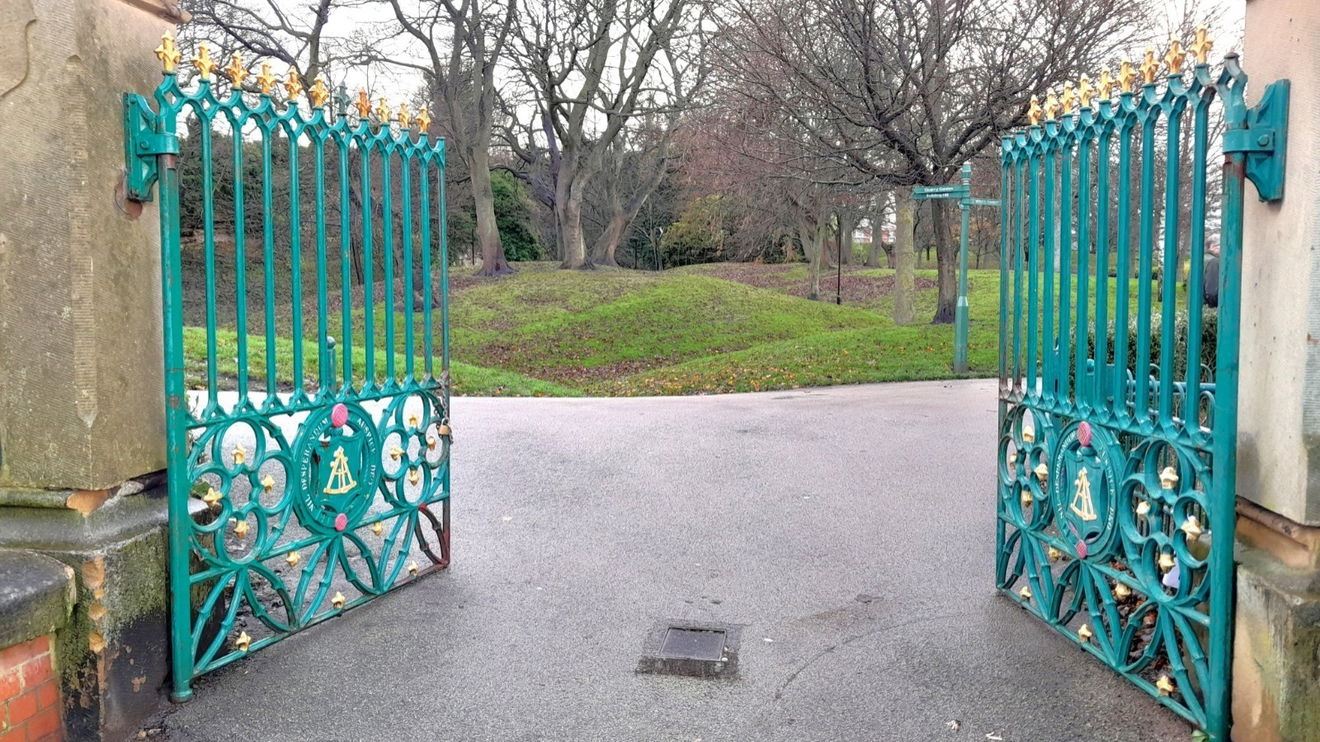
John Candlish (1816 to 1874) opened the park in 1857 and has his own statue in bronze and plinth granite, created by Charles Bacon in 1875. He was a successful businessman owning glass bottle-making factories and was the mayor in 1857 then a member of Parliament in 1866.
He also founded the free lending library which is now part of the Sunderland Museum building.
An ornate cast iron bridge over the railway cutting was added in 1866 and the area was known as Extension Park. A lake and a terrace were added at this time too.
By the early 20th Century the whole area was known as Mowbray Park. It looks like the bridge has been fairly well restored and maintained.


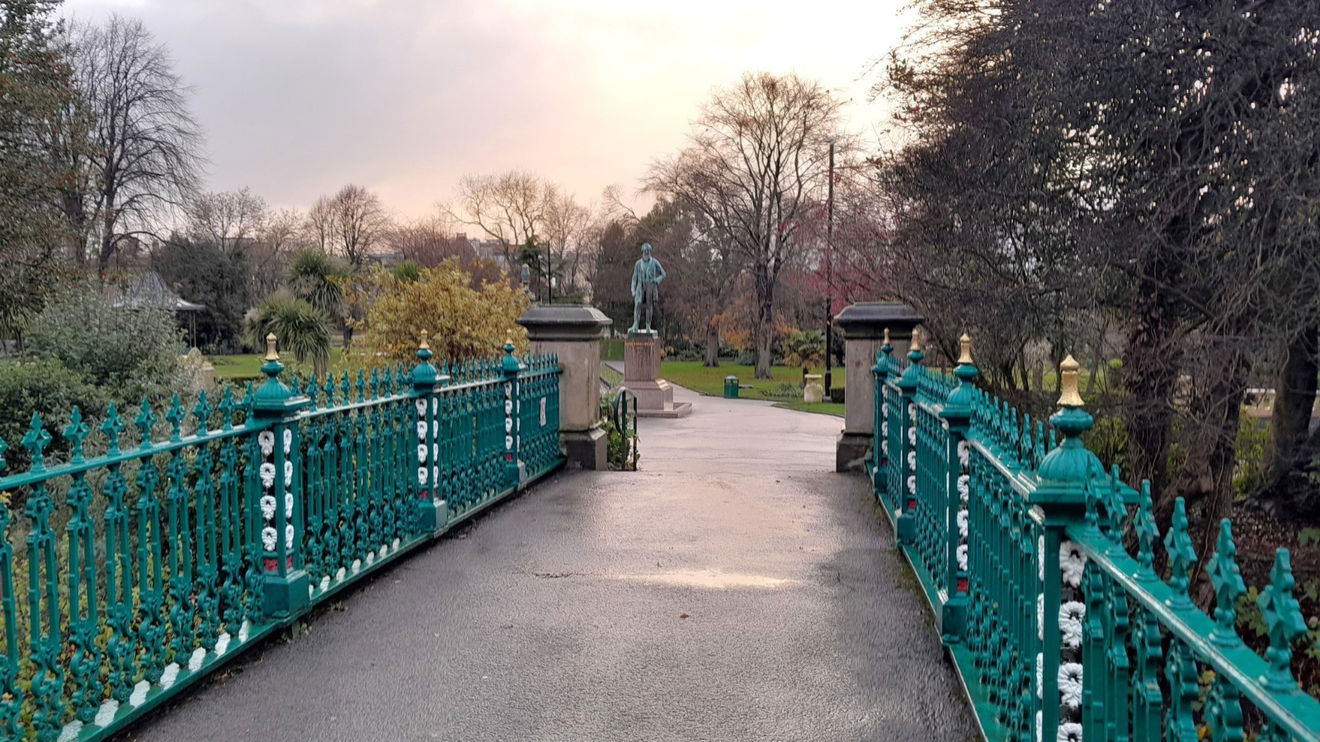
In 1879 an arboretum was added and called The Winter Gardens. The museum and art gallery were also added at this time.
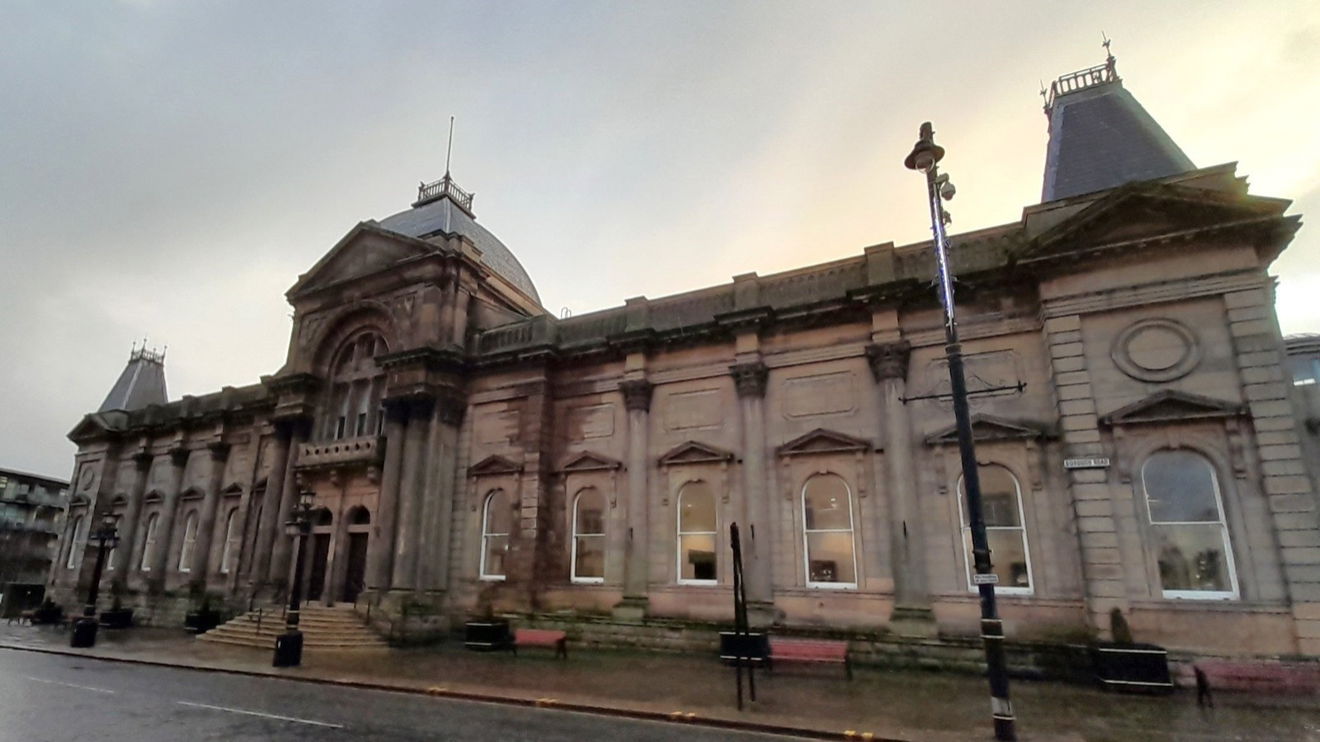
The War Memorial was originally to commemorate soldiers from the First World War. A bronzed Winged Victory/Goddess Nike stands on a globe and granite column. She holds the victory laurels in her right hand and has in her left hand a burning brand held downwards representing resurrection from the ashes of war.
Around the pedestal are inverted firebrands and laurel wreaths which are symbolic of an eternal memorial to the fallen.
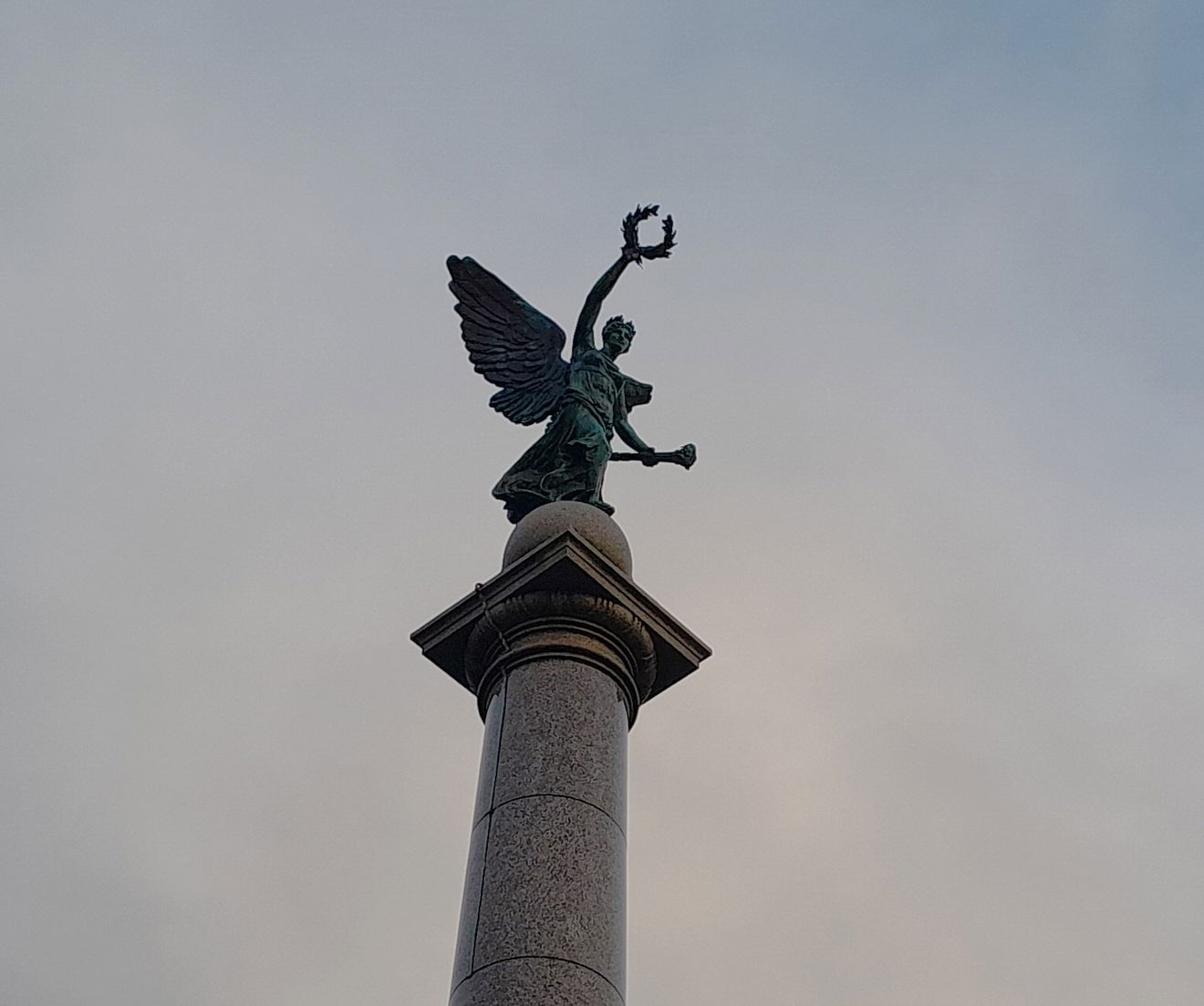


It was designed by Richard Archibald Ray (1884 to 1968) A.R.C.A and headmaster of the School of Arts, Sunderland. The column and plinth are made from Cornish grey granite. The Goddess is cast in bronze and is 12 foot 4 inches from tip to toe. Unveiled in 1922, it later represented the Second World War and now it represents most wars with plaques around the war memorial and the service divisions on the paving.


In the Second World War, Germans bombed the park, and the iron railings, bandstand and structures were removed to make weapons for the war. The park was also given over to vegetable plots for the war effort. The Winter Gardens which was a large glass and iron construction based on Crystal Palace was heavily bombed in 1941 and not replaced. After the war, the park was neglected and vandalised.
Part of the park was where the Civic Centre was built in the 1960's and the current Winter Gardens is a contemporary glass rotunda completed in 2001.

The Walrus is a reference to Lewis Caroll (real name Charles Lutwidge Dodgson 1832 to 1898) and his poem from Alice Through the Looking Glass The Walrus and the Carpenter (1871).
He spent time in the area visiting his sister.

A sculpture of the carpenter was going to accompany the walrus but there were not enough funds. Maybe oysters (featured in the poem) would have been cheaper? Professor Andrew Burton of Durham Cow fame was commissioned by Sunderland City Council and made this walrus life-size cast in bronze circa 1999/2000.
There is a stuffed head of a walrus in the Time Machine part of the museum.
Further Lewis Carroll references can be found in the park including a chessboard.


The attractive cast iron drinking fountain dates to 1878. It is as a tribute to William Hall (1801 to 1876) who at the time was the oldest Oddfellow in the North of England. The Oddfellow Organisation sought to help those who had fallen on hard times. The four columns have a motto or inscription above.
To the north: 'Keep the pavement dry'.
To the south: 'Nil Desperandum auspice deo' which a possible translation is 'Do not despair, have faith in God' This is the Sunderland motto.
To the east: 'Amicitia amor et veritas' which translates to Friendship, Love and Truth. This is the motto of the Oddfellows.
To The west: In memory of Wm. Hall of the Sunderland District Independent Order of Oddfellows'
In 2000 the fountain was refurbished.

There is a marble statue of a mother holding her dead child as a memorial to the Victoria Hall Disaster of 1883 where 183 children died due to crushing or suffocation. They had been to an entertainment show and were going to collect a toy, as they descended a staircase there was a half-bolted door and this caused a crush.
Victoria Hall used to overlook the park. A disaster fund raised enough money for the memorial. It has a glass casing and copper dome.
The memorial was moved to Bishopwearmouth Cemetery due to vandalism and then brought back to Mowbray Park in 2002.



Near the North East entrance there is a bronze set of ship propellers. Presented to Sunderland by its twin city/town St Nazaire in 2003.
Sunderland and St Nazaire were twinned in 1953. They were similar in population, geographic location (cities by the sea) and shipbuilding history.


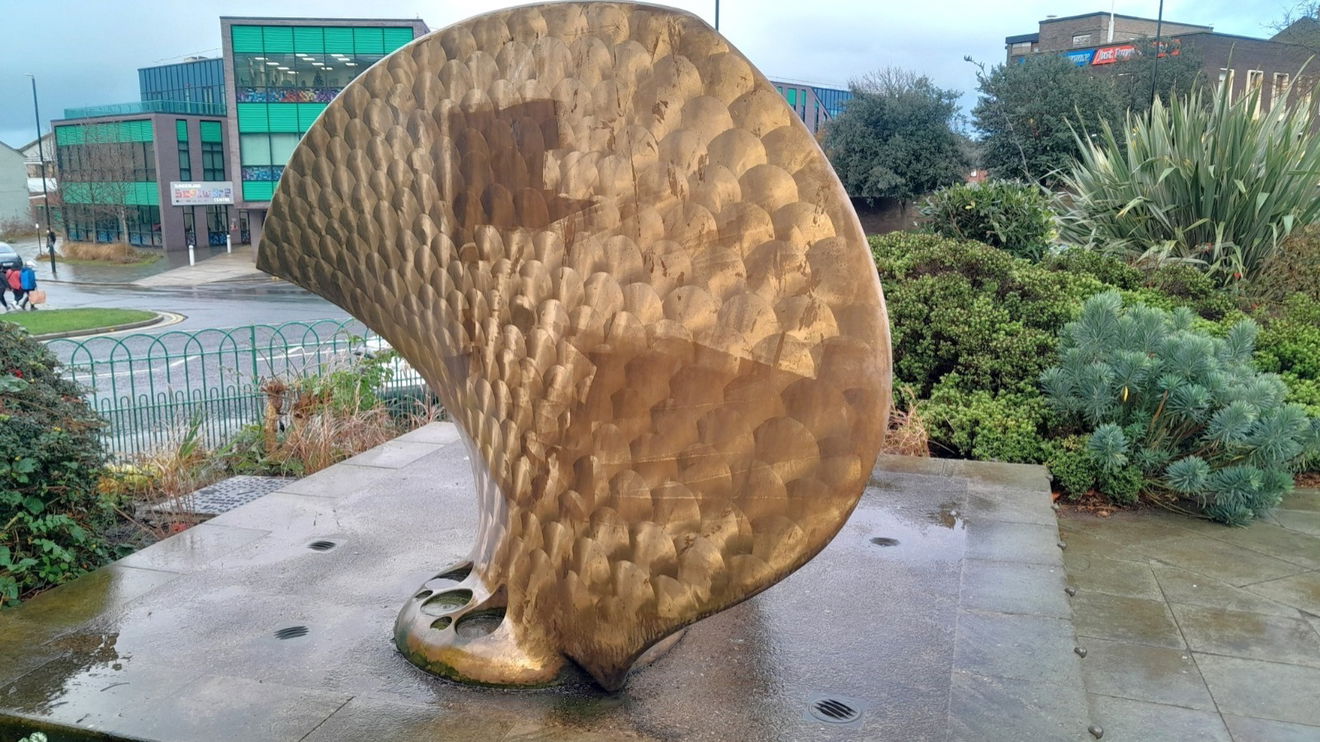
There are many other sculptures and installations, so enjoy finding ones that interest and please you.
Get 2 points if you have visited this place. Already visited by 182 VIPs.
Login to the VIP area to add places to your bucket list, mark them as visited and more importantly see where you rank on the league table.
How To Find Mowbray Park
Where To Park For Mowbray Park?
Lat / Long
54.90156, -1.376992
What three words
We have used on-street parking down Egerton Street.
Contributed by Rosalind Parker
Thank you for reading. I hope it sparks your interest. It’s always a pleasure to get out and explore, whatever the weather. I enjoy uncovering little snippets of information, especially when they’re obscure, amusing, or meaningful. All photos were taken on a mobile phone.
More Places from Rosalind
More Places In Sunderland
Find more fabulous places in Sunderland, Tyne And Wear and if you know of a place we haven't listed, then let us know.

River Wear Lime Kilns
Lime Kiln Sunderland Tyne And Wear19th century lime kilns, located on the River Wear.
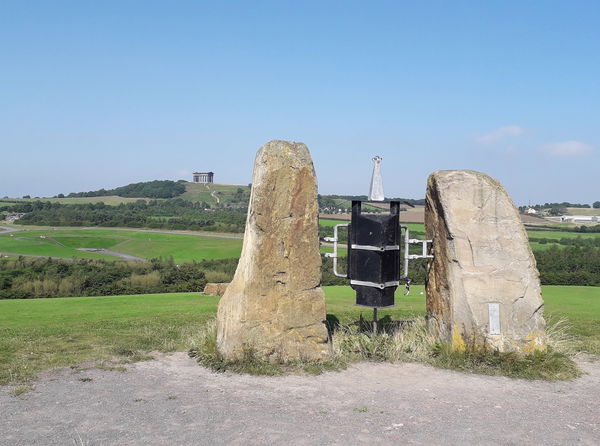
Herrington Country Park
Landscape Sunderland Tyne And WearCountry park with fantastic views over to Penshaw Monument
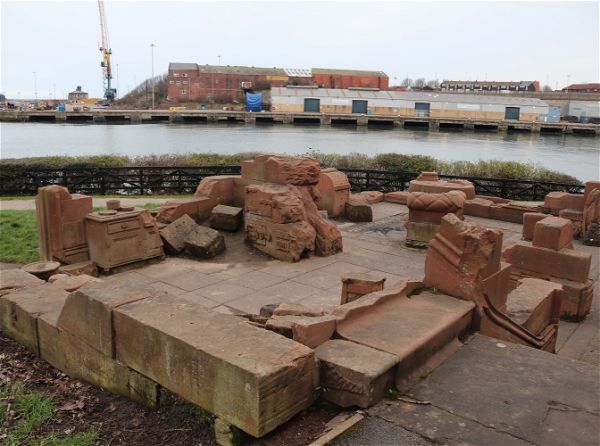
Red House
Art Sunderland Tyne And WearA sandstone ruined house that is part of a collection of sculptures on the Riverside Sculpture Trail.
More Landscapes
So this landscape wasn't enough and you want more? Don't worry we have you covered.

Old Man Of Storr
Landscape Skye ScotlandAn amazing landscape on Skye caused by an ancient landslide.
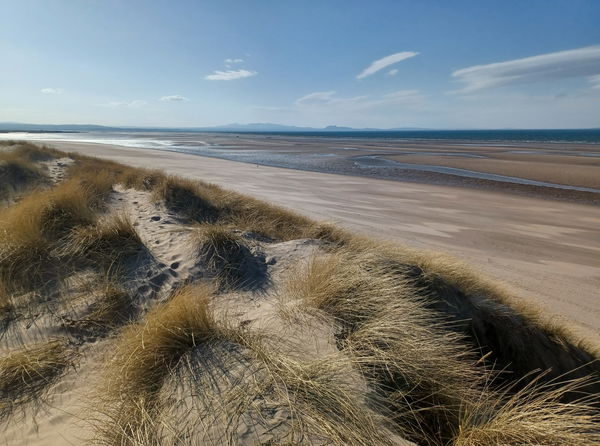
Aberlady Bay Nature Reserve
Landscape East Lothian BordersThe UK's first local nature reserve, established in 1952.
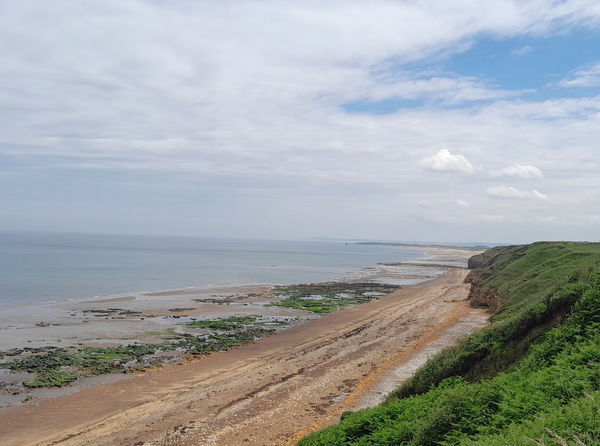
Blackhall Rocks
Landscape Hartlepool County DurhamDramatic landscape and panoramic views of the coast. Stone art with science, history and mythology.
Never Miss A Fabulous Place
If you are afraid of missing out on all the fabulous places we post, or just want to be the first to know, then sign up to the Fabulous North.
Each week we will email you all the brand new places that we visit.
Sign Up To AlertsFind Us On Facebook
We post all our new places daily on our Facebook Groups page, so join the group today and be notified when we add a new place.
Join Our Facebook GroupMowbray Park was listed in Landscape // Tyne And Wear // Sunderland

